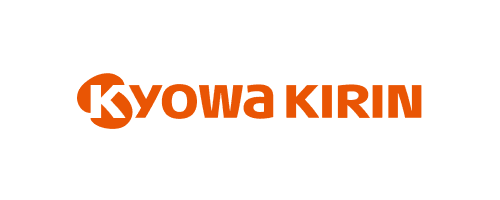Takeda & Norgine: Using Data & Insights to Improve Content Speed to Market
Content experts from Takeda and Norgine discuss how data can transform internal review and approval processes for faster asset creation and execution
A key component to launch success is developing highly-personalized content that can quickly adapt to healthcare professionals’ (HCP) evolving channel preferences. But outdated launch tactics limit marketers’ ability to manage the new mix of digital and print content in a compliant and timely manner. Karen Timmins, head of regulatory, international advertising, and promotion at Takeda, and Agnès Keltie, compliance manager of global medical affairs at Norgine, talk with Veeva’s Emma Hyland, vice president of strategy for commercial content, about how teams can streamline their existing content creation and review processes to meet the demand for hybrid engagement



EH: How effective are content metrics in determining the overall health of your review and approval process?
AK: Setting a common set of metrics that objectively measure process performance and highlight opportunities for improvement is critical. They help set parameters to gauge how fast the current process is and where we can reduce costly holdups. Ultimately, they give us a framework in which we can compare future and past performance to continue building off of the best habits and behaviors.
KT: It gives our team at Takeda a guide we can reference to compare current cycle times and improve future review processes. As an example, we currently have a benchmark of five business days to review content, which provides a guidepost for us to reach once materials are uploaded. This helps determine what pieces take longer than others and distinguish how we can optimize internal workflows to speed content reviews.
EH: What key performance indicators are most important for tracking performance and optimizing the full content lifecycle
KT: At Takeda, we look closely at content reuse across global and local markets. It helps us see how we are utilizing existing resources and what messages are repurposed the most. This showcases how efficient we are with the content we have and what messages resonate best with our customers.
Looking at the time spent in the pre-approval stage is also a reliable indicator of which assets reach final approval faster. By setting a standard for companies to approach the concept stage with as much attention to detail as the review process itself, teams can consistently produce high-quality content that makes it through approvals in the 5-day turnaround.
AK: Companies can also look at the average time it takes to move from creating an initial draft to getting a final approval. It gives teams a clear picture of how fast they are producing content and what processes need improvement to speed future reviews. This is a key metric for leaders and management teams, as it informs organizations about which pieces had the most value, moving from idea to execution.
EH: How do you approach the review and approval of digital content compared to other types of content? Do you see modular content becoming the new standard?
KT: The push to digital heightened demand for content that is more complex, varied, and open to multiple uses. To create a smoother review and approval process, teams need the right technology in place to manage these assets compliantly and outline what each piece is being used for in its various contexts. Modular content helps by breaking up complex pieces into pre-approved modules that can then be repurposed for different audiences. This makes it easier to create content faster across different channels and hopefully eases the approval process for reviewers.
EH: Do you see a difference within the time to approval for individual countries? How do you track and measure performance based on these variations?
AK: There is a predisposition to detail and customs unique to each market. How we communicate with one another across regions and cultures has a significant impact on how a piece of content moves from A to Z. The cultural aspect is an important part when managing the review and approval process of content on a global scale, as some countries are more open to change or certain ways of working than others. Feeding internal benchmarks with these nuances can create a more accurate picture of the entire content lifecycle.
KT: While some countries have specific legal requirements that may lengthen review times, I agree that a big difference is how cross-cultural teams work together. Understanding cultural differences and filtering them within your content review and approval strategies can be an advantage. Teams can then tailor content in a way that meets the legal criteria and preferences of each reviewer addressing bottlenecks and reducing unnecessary delays.
EH: What impact do you see content metrics having on the standards within your organizations and the future of content review processes?
KT: Content metrics are essential to ensuring that we are being as quick and efficient as possible. If we can show from a data perspective that we are enabling faster speed to market and maximizing our resources through content reuse it will help us develop more efficient practices that sustain this momentum in the long run.
AK: Metrics create more awareness around what we can and should track to optimize future processes. They give us tools to drive the business towards better behaviors and practices. What I hope for in the future is more transparency of performance from company to company and sharing this information to benchmark ourselves against the industry. Seeing how other organizations are performing is key in celebrating our own successes but also recognizing where we can be faster and improve operational efficiency.



